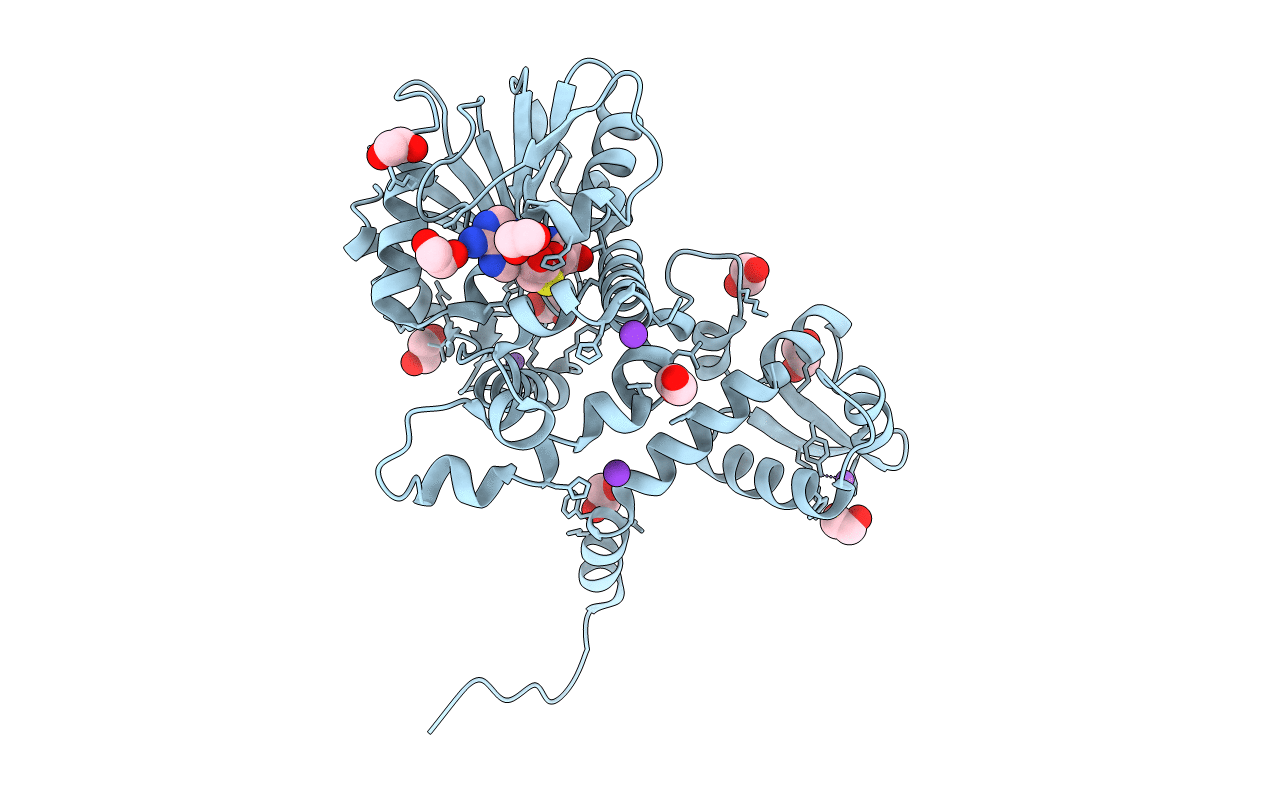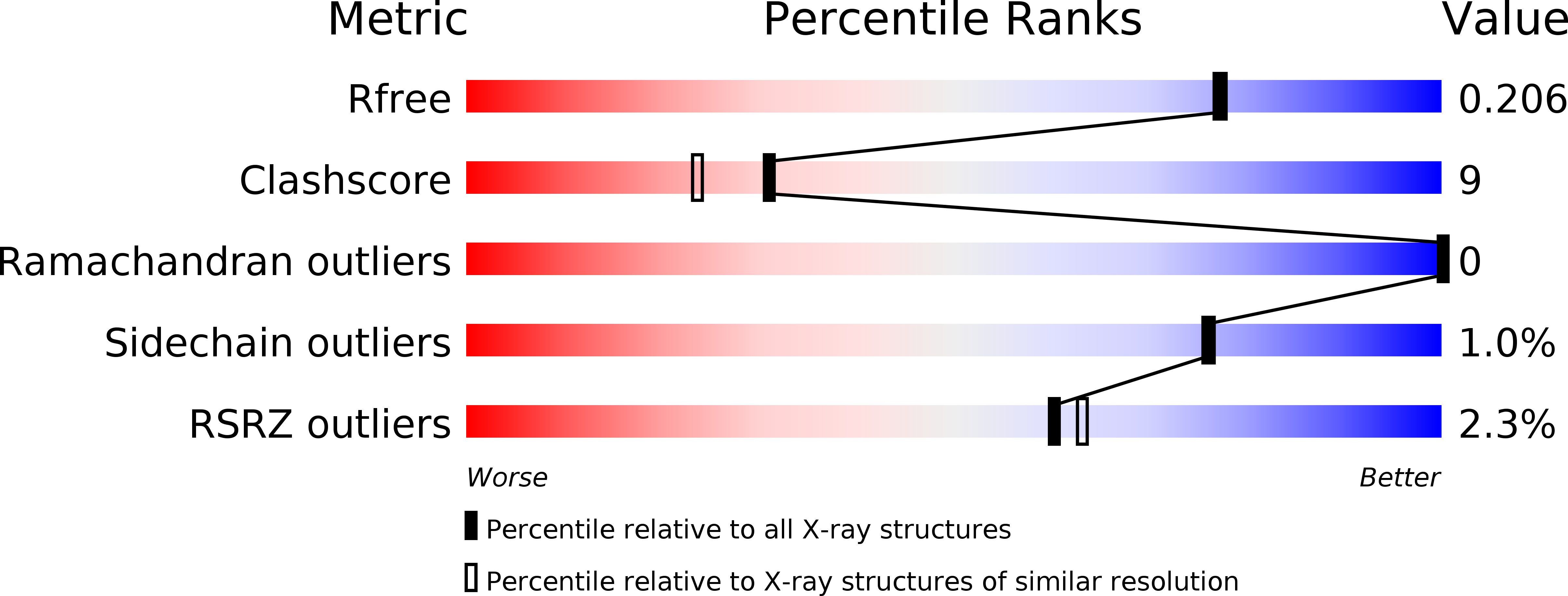
Deposition Date
2016-02-23
Release Date
2016-06-08
Last Version Date
2025-12-10
Entry Detail
PDB ID:
5ICC
Keywords:
Title:
Crystal structure of (S)-norcoclaurine 6-O-methyltransferase with S-adenosyl-L-homocysteine
Biological Source:
Source Organism:
Thalictrum flavum subsp. glaucum (Taxon ID: 150095)
Host Organism:
Method Details:
Experimental Method:
Resolution:
1.90 Å
R-Value Free:
0.20
R-Value Work:
0.15
R-Value Observed:
0.15
Space Group:
P 21 21 2


